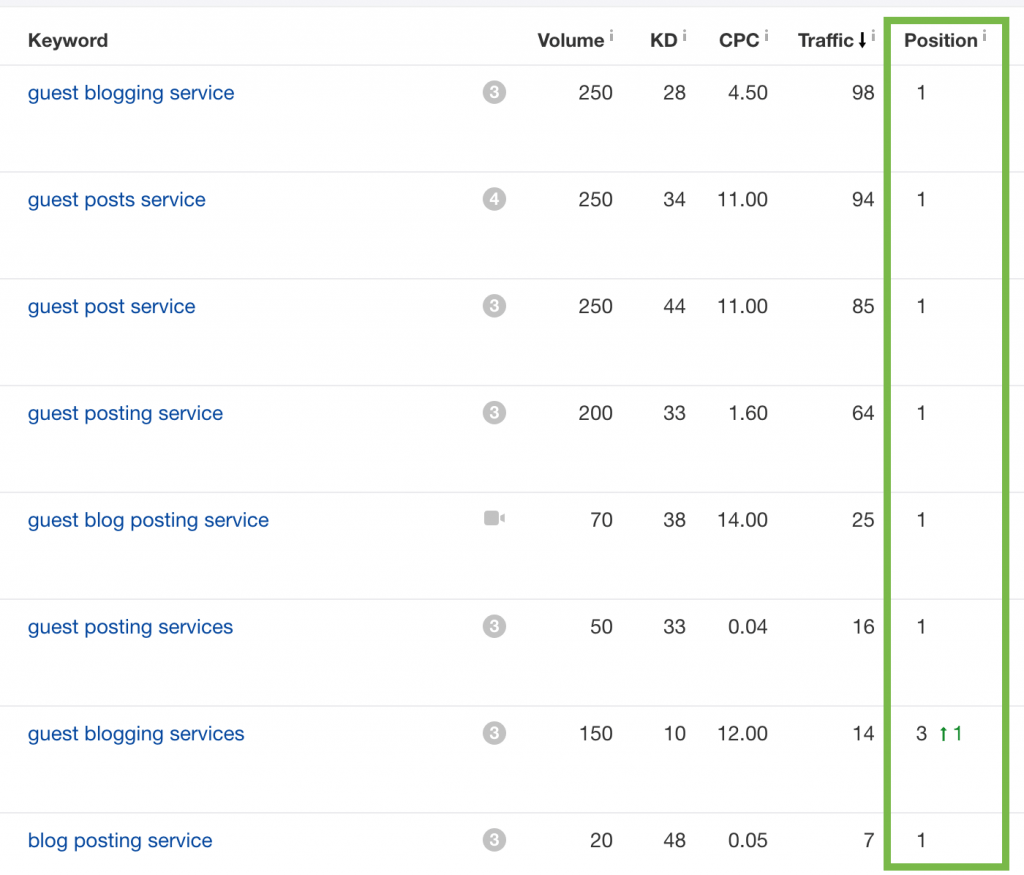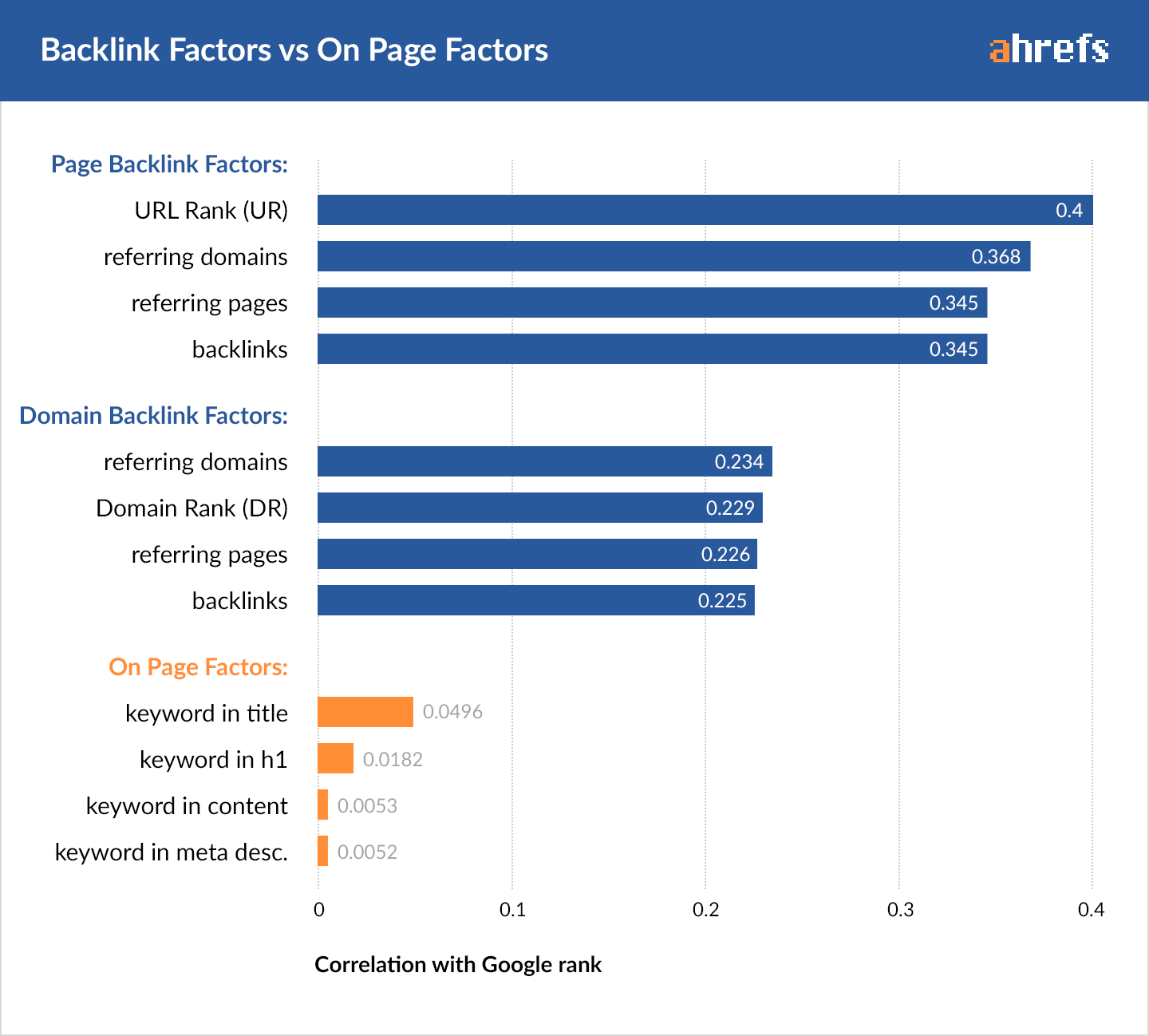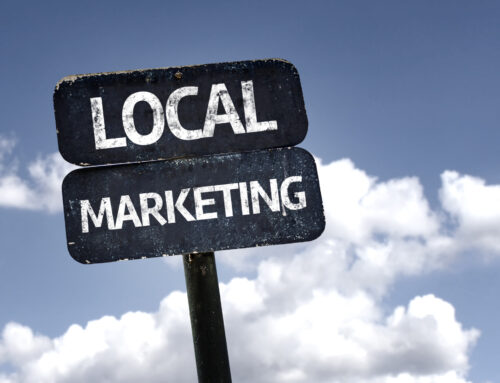SEO gets a bad name because it is a pretty complicated thing to keep up with. All the time I hear things like, I paid so much money and saw no improvement. On the other hand, I hear things like, I spent only $500 and got on page one. Why does this happen? It happens because of strategy. SEO strategy is the single most important part of any SEO campaign.
I want to make sure you have the most recent info available on what is currently working in SEO.
I’m going to condense all of our experience, after having watched thousands of orders, sites, and case studies into this post. The SEO strategy laid out here has generated millions of dollars online for our clients and is what make us one of the best sources for online strategy.
Before we begin, I want to provide you with some context so that you can create a full and complete SEO strategy.
I see a lot of people just randomly throwing links at a site and wondering why it doesn’t work. By creating a sound SEO strategy and taking a holistic content based approach to SEO, you’ll not only get more traffic, but you’ll also get more leads and sales.
How To Rank in Google NOW: Search Engine Ranking Factors
The SEO industry is a little bit crazy. I’ve heard a million times from SEO experts that the industry is hard to keep up with because it changes rapidly – And to some extent, it does. There are lots of Google Updates every year. This makes keeping with Google very difficult. However, what actually drives rankings in organic search today is largely the same as it has been for the last 10+ years: Links and content. What has changed is how you go about getting links and what kind of content you need.
Check out this study done by ahrefs that shows the correlating factors of high search engine rankings:
Looking and this study, it’s pretty obvious that links are still #1 in driving rankings in Google.
So for all the talk about how SEO is changing, it turns out the basics of SEO are still where it’s at. Again, its just how you get links that have changed. And we have the DATA to prove it – We don’t rely on theory here, we look at what’s really going on and develop our SEO strategies based on that.
With that said, we want to prepare you for the future:
In the last few years, we’ve seen Google put a big focus on trying to understand content, search intent, and topics.
With their algorithm Hummingbird, they tried to understand the connection between entities, topics, subtopics, and synonyms. This had a major impaact on websites ranking within google.
The goal of Google is to match a user query to an answer. So if Google can rate a document based on the likelihood that it will answer the user query, then they have a new way of ranking documents.
This is why there is now not just a focus on the links to site, but also on the actual content on the page.
Search Intent
Search engines are getting smarter. They are not looking at searches on a keyword by keyword basis, they are looking at the intent behind the search and understanding that some searches have the same intent.
That’s why you no longer need to build out different pages for each keyword, but focus on building pages based on topics.
For instance, old school search engine optimization used to build out pages for each keyword: guest post service, guest packages, guest blog post packages, etc.
Now Google understands those are all the same thing, so you can just create 1 page and you’ll rank for a ton of the variations, just like we do:

That’s why pages with longer content tend to rank better – There is a greater chance that the page will fully explain the answer to the user query:
Overall, the best way to rank in Google now is to become an authority in your niche. When you do this, Google will “unlock the floodgates” of traffic to you.
What is an authority in Google’s eyes?
- Topical Depth
Build long articles that fully answers any of the questions a user would have about that subject. - Topical Breadth
Build out lots of articles on your website answers to all the types of questions your customers have. - Authority Links:
Links are still the biggest ranking factor, but quality is much more important than it used to be. SEO is a long-term play, so we recommend focusing on getting quality links to your site.
By using this SEO strategy you will see a massive increase and benefit. See our fully managed SEO Services.
Search Engine Optimization Advice: What you need to know about ranking with an seo strategy
In the past, old school SEO strategy was really focused on 2 things: Keywords and Ranking
This is a perfect example of how SEO used to work and how it has changed. Yes, keywords are still important but its no longer about dumbping keywords on a page and hoping you rank for then. This is especially true of profuct pages. If links are the biggest ranking factor, it’s going to be hard to have success because NO ONE wants to link to your product pages and search engines have pretty much done away with keyword dumps.
New School SEO:
New school SEO strategy is more about traffic (instead of rankings), and topics (instead of keywords). This gets you the right traffic for the your topics and not junk traffic that doesnt convert.
It takes into consideration the customer journey. What does that mean? meaning that while it’s great to rank your product pages for the buying cycle, the majority of the traffic you get is actually mid or beginner cycle keywords; Keywords that people are searching for before they are ready to buy. By targeting these keywords you put your website in a position to gain more traffic that will convert, but only if your over all seo strategy includes quality content.
So, when you build out quality content, you capture way more traffic, you position yourself as an authority to build a relationship of trust with your audience and Google.
That’s exactly what this plan is set out to do, and if you follow it, you will see massive gains in targeted traffic, leads, and even sales.
Enough with the context. What are the actionable steps / SEO stategy to get more traffic from Google?
Before Your SEO Campaign Starts:
There are a couple of thing you need to know about your site. With out this you have no starting point, nor any direction.
Step 1: A website audit. Know what sort of website errors or penalties you have, where you currently rank for your target keywords, what kind of traffic you are getting and of course is your site user optimized. A good place to check these things are the Google Search Console and of course Google Analytics.
Ok, here is a tip: Some penalties are harder to recover from than others. Dont spend time trying to recover a doomed site as some just won’t recover no matter what you do. Penalties from Google updates can be severe and almost impossible to come back from. If this is the case for you please contact us for a free consult.
Now with that said, here’s the SEO Stragety you have been waiting for.
1. Define Your Target Audience: Who Do You Want To Attract?
Before any marketing campaign, you have to define your target audience.
You probably have some good customers that give you tons of money, don’t ask for much, and they are generally easy to deal with.
There are other customers that really arent worth the effort and ask for a million things, they are cheapskates and generally, make life hell.
You can sell to both of them, but do you want to? Probably not. I bet you would take 1 good customer over 10 bad customers.
So defining who you actually want to target is going to help determine what keywords you even want to rank for, what kind of content you want to create.
2. Keyword Research: How To Find Hundreds Of Awesome Keywords
Keyword research doesn’t have to be hard – It’s actually really easy!
You can divide keywords into 2 groups:
- Keywords that you’re already targeting
- Keywords that you’re not already targeting.
Take Advantage Of Keywords that are easy!
To get quick wins in SEO, you can use keyword research tools to find keywords with good search volume that you’re ranking for on spot 4 or below (including page 2 of Google). Google already sees you as relevant for these terms, you just don’t rank in the top 3 for them.
By optimizing these pages and sending more links to them, you can increase your ranking a lot faster than a totally new keyword.
3. OnPage SEO Optimization
Next, you’ll need to actually create the content and make sure your web pages are optimized.
Optimize your meta tags: Title Tags, Meta Descriptions, URL, Header tags, Images and more.
The focus here should be about building out in-depth content (that’s what Google likes to see) that answers users questions. Focus on creating long content of 1000+ words.
You should have a huge list of keywords from your earlier keyword research. Build out content focused on those keywords and add internal links to that content.
If this is something you need help with. Let us know.
Optimized Product Descriptions
If you have an E-Commerce site or an online store, it’s essential to have optimized product descriptions in order to rank and bring traffic to your site.
This helps separate you from your competitors with fully optimized, unique product descriptions for any/every product that’s listed in your online store.
4. Link Building Strategy
Link building sometimes gets a bad rap, but if you look at the data, it’s really what is driving rankings.
One of the most obvious problems that most sites have is underestimating the number of links they need to rank.
On top of that, many sites can get penalized for over-optimizing their anchor text and creating an unnatural profile.
So when you start on your first link building campaign, this is the plan we suggest:
1) Start with Branding / Diversity:
Since the biggest issue is that sites get hit with over-optimization, we want to start by giving your site tons of diversity. Use only natural anchor text (https://www.yoursite.com, or just your brand name as the keyword, etc) and no exact match or commercial anchors.
Build up your social properties like Facebook, Twitter, Instagram, or any that apply to your niche.
When you build social profiles, this shows that you are a real brand and you’ll be receiving both inbound links and social signals at the same time! If you’d like help registering profiles, we can do it for you with social media profile registration service.
When you create content on your site, post it to those social properties to keep natural links flowing and your social accounts active.
2) Get In-Content Diversity Links:
Get other diversified properties with in-content links. You can build out web 2.0 type properties for this and use a mix of brand, natural, and low competitions keywords / long tail variations.
3) Move on to High Power Links:
After you’ve built a substantial base, start adding in quality high-powered links with close or exact match anchors.
Never repeat the same anchor twice, just switch it up to something slightly different each time.
A great way to get these is to do guest posts on authority blogs.
Sometimes we see sites that have a decent amount of links, but still aren’t ranking. A lot of times that’s because they don’t have the QUALITY of links they need to be trustworthy – They haven’t built a lot of high trust links. If this is the case, you’ll want to focus on getting in-content links from high trust publications.
Continue to add these types of links month after month while changing your anchors each time with different long tails / variations.
You’ll also want to avoid these 2 big mistakes we see:
1) Anchor Text Ratios:
The biggest problem we keep seeing is people still over-optimizing anchor text.
Stop worrying about anchor text ratios and just go all out on brand signals, naked URLs, etc. Get a ton of natural links and only use a handful of exact match anchors. I’m talking 95%+ brand / naked and <5% exact match. Google is never going to penalize for having too diverse a portfolio of links.
2) Don’t Give Up Too Soon:
The second biggest problem we see is people stopping or giving up on link building. Google takes time to judge your site. It can take weeks after building powerful links for movement, but based on bounce/click rates etc your site can jump around and keep moving up for months.
If it’s stuck, don’t stop and wonder why it didn’t work. You need to keep building diversified links. Our best ranking customers have on-going link campaigns even when they are doing well. Too many people fail in their SEO campaigns by building a couple links and stopping.
As you’re building links and content, you’ll want to track how it’s all working.
5. Measure Your SEO Results
SEO definitely takes time. It would be nice if you could build links one day and see results the next, but Google just doesn’t work like that. So make sure you set your expectations that this is a long-term strategy and don’t be alarmed if it takes a few months to start seeing results.
We suggest using a combination of traffic reports from Google Analytics and keyword rank tracking.
Fluctuation is normal when you make changes, but over time you will see increases in traffic and rankings by following this strategy.
You can see how effective a well-rounded SEO strategy can be if you take all these things into consideration.






Leave A Comment
You must be logged in to post a comment.